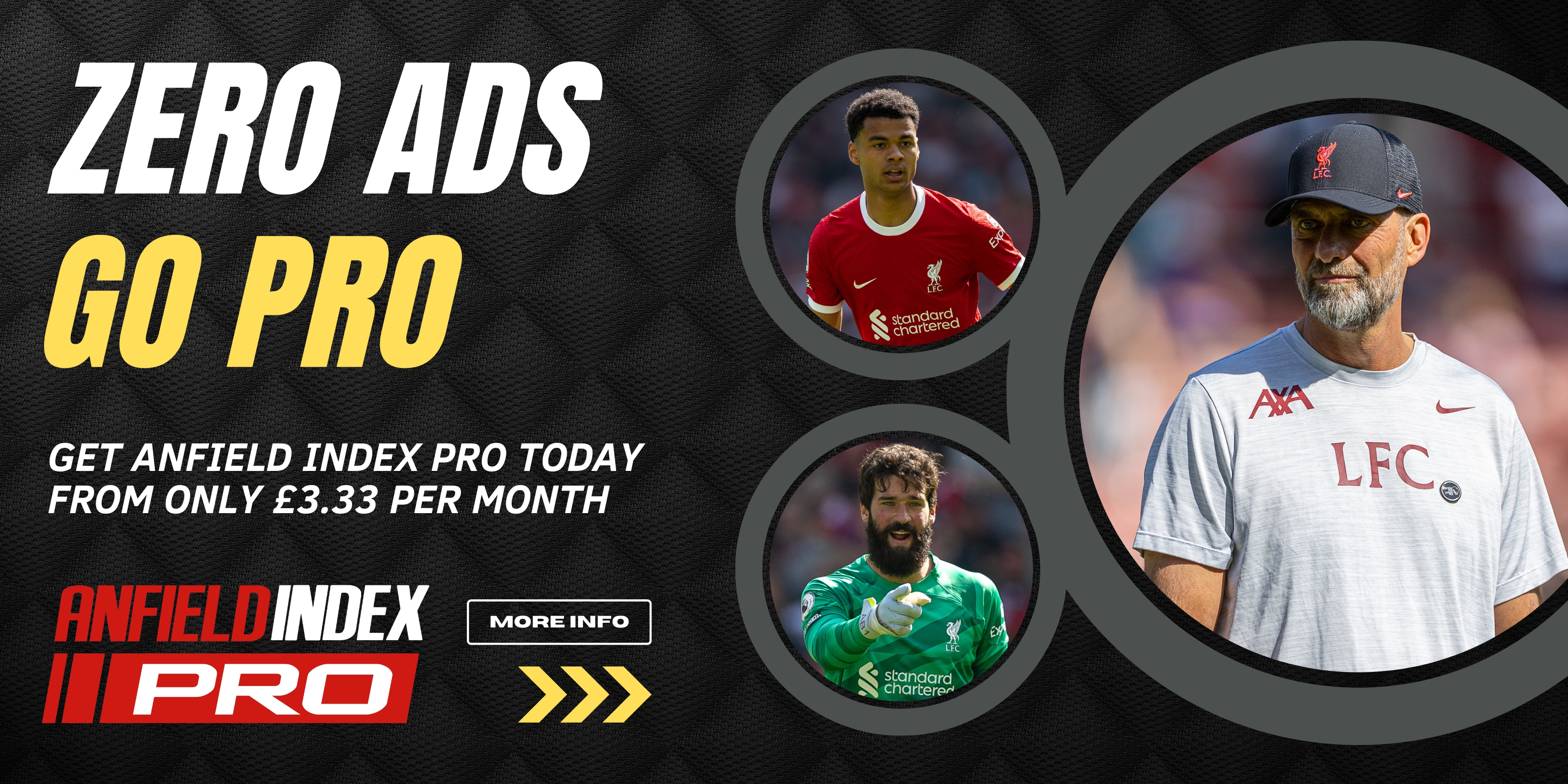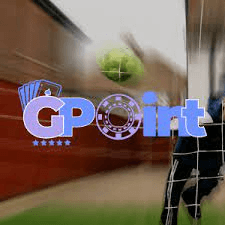Having conquered Spain, Europe, and the eventually the World, Pep Guardiola was quick to shake things up with his Barcelona side. Once things become static, success slips away. Pass into the space, not the player’s feet. Move the ball, move your team mate, move the opposition. The evolution of Barca’s formation from 4-3-3 to 3-4-3 (with sniffs of MWs and WMs in between) was key in the Catalan side’s development as a football utopia, ensuring they progressed to an apex of performance without stagnating.
Brendan Rodgers’ implementation of a 3-4-3 system, more specifically 3-4-2-1 was not born out of a progression of success. The system became a long-term fixture following an unprecedented disastrous start to the 2014/15 season, seeing the progress and style the Liverpool boss had worked on earlier in 2014 abolished for one that appeared to take components of previous tactics and sewn them together. But instead of creating a flexible hybrid of football, the Reds were left resembling a disjointed, abhorrent Frankenstein.
Thankfully for club and manager, the current 3-4-2-1 has worked, and an incredible run of form through the second half of Winter and into Spring sees them marching towards a fourth place finish. But where can this formation go for Liverpool in the future? Is it a permanent formation, a template that Rodgers can stick to and get back to rebuilding the club; or is it a short-term cover up to underlying problems within the structure?
The Pros
The biggest bonus that this 3-4-2-1 has brought Liverpool is the ability to stop conceding goals. Prior to the introduction of 3-4-3, even though it made a brief cameo against Newcastle, Liverpool had only kept 4 clean sheets in 15 league games, conceded (and scored, coincidentally) 1.26 goals per game, and were, in general, awful. Twelve games later and Rodgers’ side now have 10 clean sheets, concede just 0.9 goals per game (scoring 1.75) , and are, in general, very good. (Statistics courtesy of Statto.com) Departures from the first team and squad of Glen Johnson, Dejan Lovren and Steven Gerrard have proved very important to this change in fortune, but more on those later.
The image above depicts the line-up seen most frequently during the Winter revival. Some of the key components of this formation and Liverpool’s turn around are as follows:
- The Back Three: Skrtel, Sakho and Emre Can: each has brought a complimentary attribute to the back line, as well as masking one another’s deficiencies. Sakho and Can’s ability to read the game, despite the young German’s rawness, has proven vital in one-on-one situations, as well as their ability to create and split lines with their passing, and in Can’s case, ability to carry the ball from the back and through the opponents. Skrtel has found a new lease of life as a sweeper, and despite his drawbacks has proven instrumental in cleaning up anything that gets past his two partners.
- The Wingbacks: Arguably the area where Rodgers deserves the most praise for his inventiveness is in the wingback area, particularly on the right. Beginning with Serbian youth Lazar Markovic and more recently Jordon Ibe, this position has given two young players the opportunity to play their attack minded game from a reserved position. Instead of forcing them up-field or into more central areas where there are more bodies for them to work in, the young attackers have been given a greater distance to attack the zones they like to play in. They have also managed to maintain defensive duties while being supported by Emre Can, and while Alberto Moreno’s attributes of a powerful box-to-box full back continue on the left, an intriguing balance is struck on both sides of the pitch.
- Lucas Effect: Limited but finally finding consistent form before injury, Lucas Leiva’s impact proved how important a defensive presence in midfield truly is. Supported by the bodies around him, his limitations were the strengths of others and allowed Mamadou Sakho to be creative from the left centre-back position. His injury has not cost the side much, but his introduction lays the basic template of what is needed for the system to work.
- Philippe Coutinho: the Quasi Inside-Forward: Pinning down a position for Liverpool’s number ten is truly difficult. He dominates the central-left area between wing-back, centre-midfield, right forward, and the roaming centre-forward. He’s everywhere, yet nowhere. His talents are emerging consistently, popping up wherever needed and scoring crucial goals. The ability to affect the game from deep and among a cluster of bodies has finally propelled Coutinho onto another level of development.
Fluidity and pressing has finally resumed to Liverpool’s play, and the four points highlighted above have been some of the major reasons as to why this has occurred.
The Cons
No system is perfect. Football is a game of relativity, and there are weaknesses in every system and tactic. Currently there are drawbacks to Liverpool’s system. The centre-forward is often left isolated due to the extra body in defence, particularly if the transition begins from deep. Liverpool’s midfield has also sacrificed controlling players in place for moving the ball quickly out of the middle. The majority of Liverpool’s ability to build up from the back comes from Mamadou Sakho and Emre Can, by passing the midfield and towards the inside forwards or the wing-backs. It as a weakness in the squad that will need addressing in the future.
There is also a question as to how well this system performs when the starting eleven is altered from the one above, particularly in defence. The alteration in style on the ball, as well as ability as defenders, is quite drastic. Dejan Lovren’s recent rehabilitation back into the Liverpool side has been far from smooth, and their is a noticeable drop in quality between the Croat and Frenchman Sakho. Compensating Sakho’s ability at the back will have to result in a player in midfield having more influence on matches, and at this moment that can only come from moving Can into midfield which further limits Liverpool’s ability at the back.
If Rodgers is to continue with this formation then the improvement in quality of the squad must occur. A new defensive midfielder who offers more mobility than Lucas Leiva and the ability to control the tempo of matches should be a high priority, as well as upgrading the defence again.
Despite spending £20 million on Dejan Lovren from Southampton, the 25 year-old has struggled to frightening proportions. While he possesses qualities that would make a defender fantastic (his willingness to push up and defend near the midfield), he lacks the basics to be a good defender. Positioning, ability to read the game, and his erratic nature leave enormous question marks over his ability and chance of improving to the required standard, as well as the indecisiveness he appears to spark in his team-mates. Martin Skrtel is also currently limited to playing the sweeper role, as he does not possess the mental traits necessary to play in the right centre-back position.
Adequate purchases would not only allow Liverpool to improve their ability in the 3-4-2-1, but it would grant them the opportunity to venture away from 3-man defences and add bodies further up-field.
Future Variances
Image 1: Number 4 and 6 are new additions to the team seen under Brendan Rodgers most frequently in this formation.
Image 2: The yellow line indicates the new shape taken as Emre Can steps into midfield from a Right Centre-Back position. The defensive midfielder takes up a central position, while the initial centre-back moves to the right: a movement that currently is not all that possible.
As ever, this is a hypothetical situation in relation to the current formation implemented by Brendan Rodgers. It does, however, allow Liverpool to retain a back three while allowing Emre Can to step into midfield without compensating the back line. Alternatively Emre Can could play as the central libero, such as this:
*Disclaimer* The inclusion of Paul Pogba, marked number 8, is one of pure ideology. In no way does the author, their immediate family members, or anyone affiliated with Anfield Index believe that Monsieur Pogba would join Liverpool.
The above system represents a shift from a three man defence. While it begins as one, such a team would enable Liverpool to play a four man defence with the wing-backs falling deep, Can stepping into midfield with the two already situated there, and more flexibility allowed for the front three. Yet, there remain massive question marks over the Reds and their competency playing in back fours under Brendan Rodgers due to the questionableness over his aptitude coaching defences. This current system covers up the frailties of Liverpool’s squad, and it remains to be seen whether they will cope in a 4-3-3 and other variances, particularly with the current squad.
What Next for Liverpool, Brendan Rodgers, and the 3-4-2-1?
The current form of Liverpool in the Premier League is outstanding, and if maintained over the next two months will see them qualify for the Champions League. The formation holds a lot of potential to be unlocked into a methodological machine capable of dominating teams across the pitch. There are questions around the current manager and his ability in certain areas that remain unanswered, and the current system will not be remain a constant. Whether it is covering the deficiencies of the squad and / or manager remains to be seen, but for now the 3-4-2-1 is bringing the Reds success in the league: and while it may change in the future, the possibilities it provides are there to be explored.




















William Carvalho & Fabian Schar makes that system perfect.